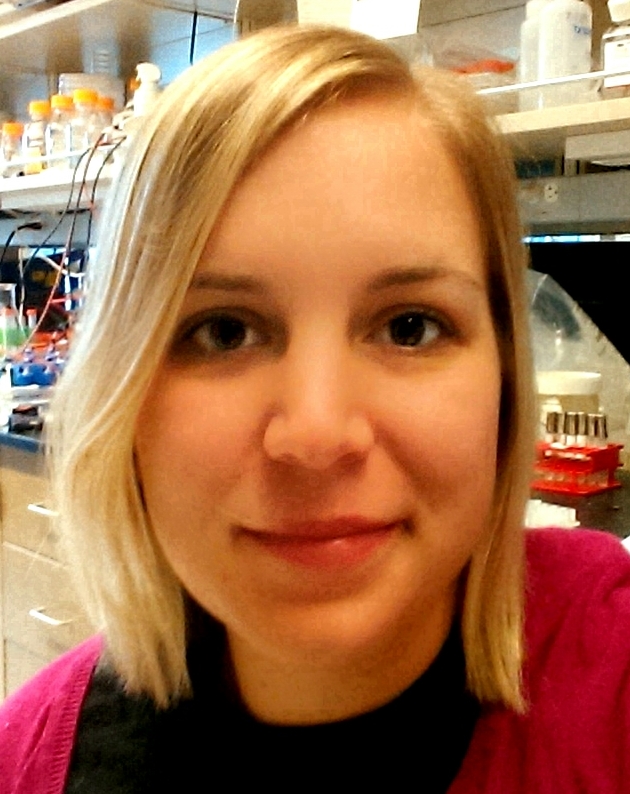Posted by Gregory J Block MSc PhD on Jun 3, 2014

We live in an era of breathtaking biological discovery, where genetic manipulation is no longer relegated to the realms of imagination and science fiction. At the 2014 American Society for Gene and Cell Therapy (ASGCT) conference in Washington DC, there were presentations on assorted tools to move, edit and delete genes in live cells. Some are also developing therapeutic strategies that will allow us to take cells from a sick person, transform them into healthy cells in the lab, and then return the cells to the donor, thereby treating the disease. Seeing this kind of innovation is incredibly reaffirming and inspirational, and data from experiments like these can inform biologists who study any number of diseases on how to proceed with similar research.
Attending conferences also gives a chance to engage in a sometimes frightening, but pivotal part of science: presentation of my work, as part of the research process that scientists call peer review. At ASGCT I was able to present on a system that both allows me to watch the effects of DUX4, the gene that causes FSHD, in live FSHD cells under a microscope and gives the potential to test hundreds of prospective treatments at once. Presentations are an important chance to hear direct feedback and constructive criticism from a diverse and objective audience, to learn how to explain my projects clearly, and to participate in open discussions about my data. At conferences I also get the chance contribute to other's work, by helping fellow scientists think critically about their own projects.
Because research is often frustrating and arduous, scientists also use conferences as an opportunity to recognize leaders who have worked very hard and made great progress in their field. At ASGCT, FSHD researcher Dr. Scott Harper (Ohio State University) was recognized with an Outstanding New Investigator award. Dr. Harper gave an acceptance speech that detailed his work on FSHD, a great moment for all of us because of the resulting exposure for our underfunded and understudied disease. About 1700 scientists from all over the world, from senior pioneers in the field of gene therapy, to young up-and-comers still deciding on projects to pursue in their future careers, may now consider tackling some of the outstanding questions in FSHD research.
Even if they don't study FSHD, the people who attend ASGCT have the same goal as those of us who do: to create models of a disease, to find treatments that cure the models, and to move those treatments into safe clinical trials for patients. Because of our common approach, we can learn from each other’s successes and challenges. Groups presented amazing work that is directly relevant to FSHD research happening now, including the best ways to develop animal models of muscle diseases, new designs for therapeutic viruses to ensure that they are safe and work well in muscle, stem cell therapies for muscle healing, and insights into when and where we should deliver these treatments to be most effective. Researchers studying many diseases were also excited about the use of the Cas9/CRISPR system for editing and controlling diseased genes more easily. These new tools can directly edit DNA, or can function as “volume knobs” for controlling genes whose metaphorical dials are turned the wrong way, as DUX4's volume is turned up too far in patients with FSHD.
Seeing so much progress toward cures or treatment of many diseases is really motivational. Groups showed data on effective treatments in humans for diseases including Parkinson's and Hemophilia, and in models of Spinal Muscular Atrophy, Duchenne Muscular Dystrophy, Myotubular Myopathy, and many others. We saw our field's first goals met with a presentation by Dr. Joel Chamberlain (University of Washington) about delivery of DUX4 to a mouse's muscle and observation of FSHD-like changes there, and with Dr. Harper's mouse model system in which he replaced the toxic part of DUX4 with a protein that glows green, lighting the areas damaged in FSHD. Our next step is to find treatments to test in these models, which is on the horizon thanks to work in many labs, including ours.
Overall, gene and cell therapies are seeing exponential increases in interest and success, much like FSHD research. I hope to have a chance to attend more conferences like this one, where cutting edge technology shows incredible promise in effectively treating patients. Next year's ASGCT meeting will be held in New Orleans and there's no doubt that it will be filled with more stories of success (and, with any luck, a couple of crawfish boils).





Connect with us on social media